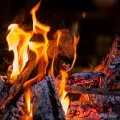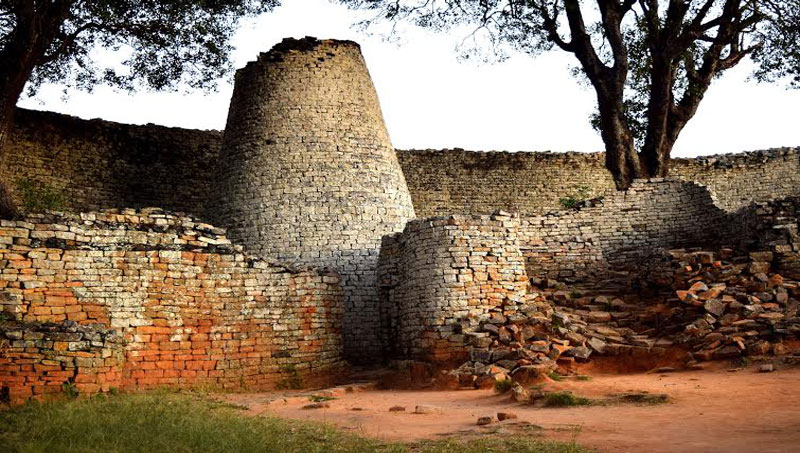Rock art, specifically rock paintings and engravings, have been incredibly valuable in the reconstruction of the history of the San hunter-gatherers. The San, also known as the Bushmen, are indigenous people of southern Africa who have lived in the region for thousands of years. They are known for their intricate rock art, which they created in caves, rock shelters and on open rocks.
Rock art provides a window into the past, allowing us to gain insight into the beliefs, customs and daily lives of the San people. The paintings and engravings depict a wide range of subjects, including hunting scenes, animal figures, human figures, and abstract designs. These images can help us to understand the San’s relationship with the environment, their spiritual beliefs, and the role of women and children in their society.
The San people’s rock art also provides a record of their artistic traditions, which have been passed down through generations. These paintings and engravings show a high level of skill and craftsmanship, and they are considered some of the most beautiful and sophisticated examples of rock art in the world.
Rock art also provides information about the climate, animals and plants that existed in a specific area and period, which is crucial for archaeologist and scientists to understand the environment and the lifestyle of the San people.
In summary, rock art has been incredibly useful in the reconstruction of the history of the San hunter-gatherers. It provides a valuable record of the beliefs, customs, and daily lives of the San people, as well as insight into their artistic traditions, relationship with the environment, and spiritual beliefs. Additionally, it also helps to understand the climate, animals and plants that existed in a specific area and period, which helps to build a more complete picture of the San’s past.
Rock art also provides information about the social and economic organization of the San people. For example, the hunting scenes in rock art can indicate the types of animals that were hunted, which can provide information about the San people’s diet and food resources. Additionally, these hunting scenes can also indicate the presence of different hunting techniques and tools, which can provide information about the San people’s technological advancements.
Furthermore, rock art can also provide information about the San people’s relationships with other groups. For example, the presence of non-San figures in rock art can indicate the presence of trade or other interactions between the San people and other groups.
Rock art can also help to date the San people’s occupation of a specific area. For example, the presence of certain animals or plants in rock art can provide information about the climate and environment at the time the art was created. This, in turn, can help to provide a chronological framework for the San people’s occupation of a specific area.
In addition to providing information about the San people, rock art can also provide information about the broader cultural and historical context in which the San people lived. For example, the presence of certain symbols or motifs in rock art can indicate the presence of shared cultural practices or beliefs among different groups in the region.
In conclusion, rock art has been an invaluable tool in the reconstruction of the history of the San hunter-gatherers. It provides a rich and detailed record of the beliefs, customs, daily lives, artistic traditions, and environment of the San people. Additionally, it also provides information about the San people’s social and economic organization, relationships with other groups, and broader cultural and historical context. The study of rock art is ongoing, and it continues to provide new insights and understanding into the past of the San people and the region they inhabited.





Thank you this was extremely helpful